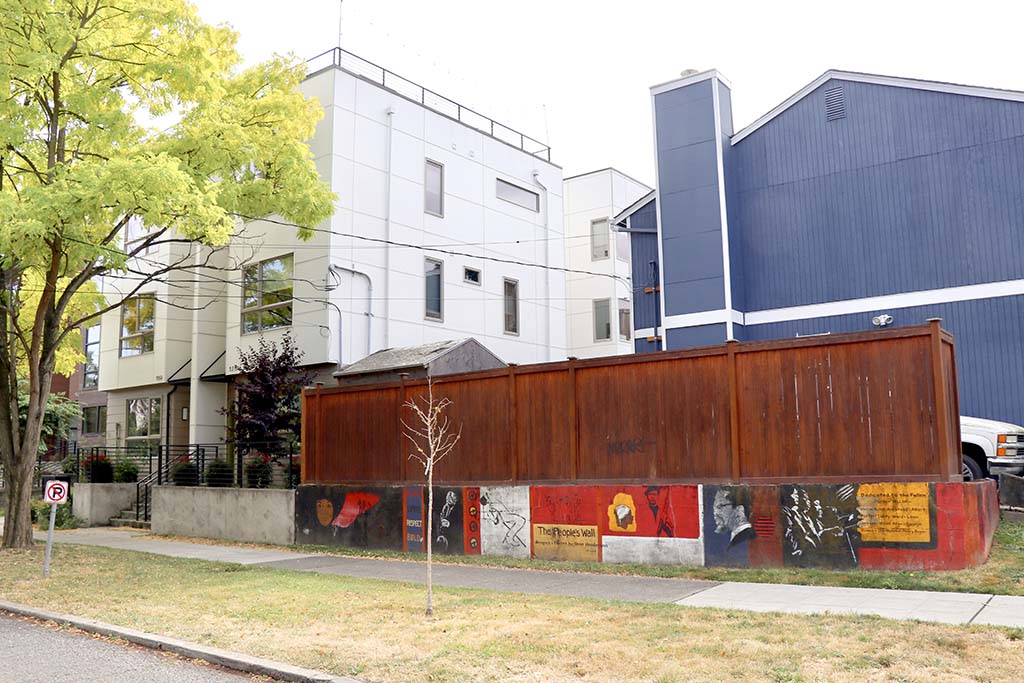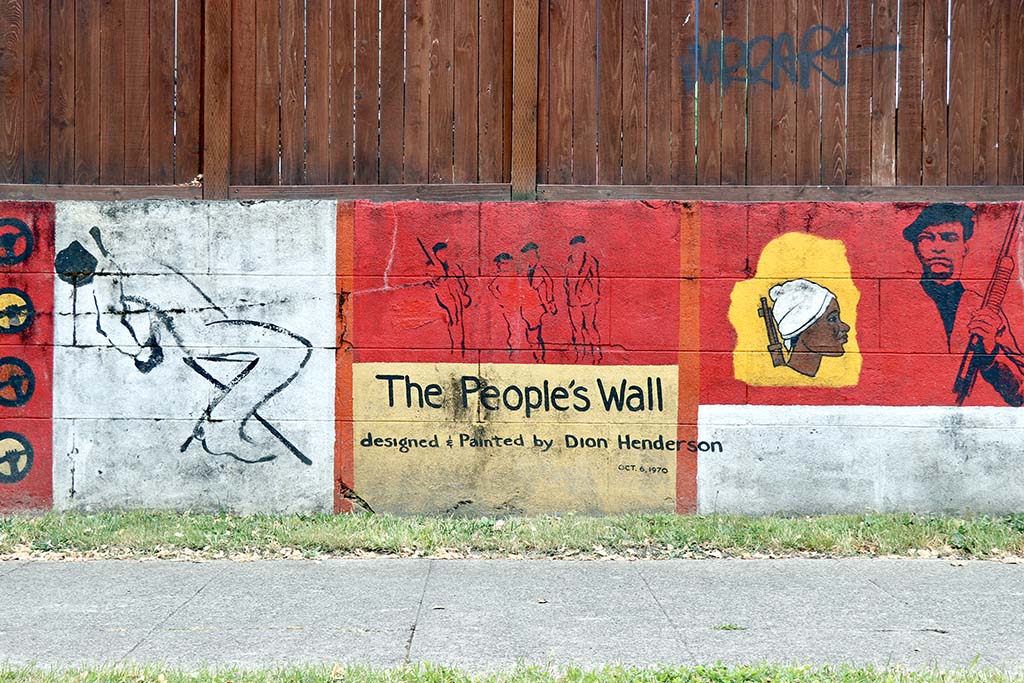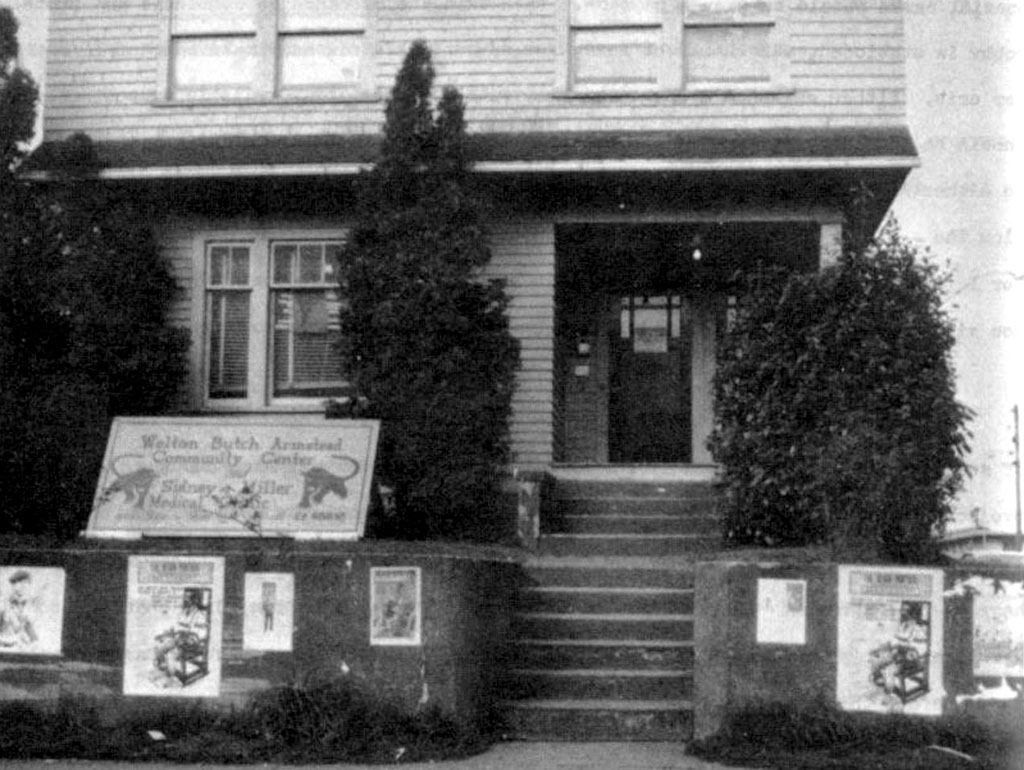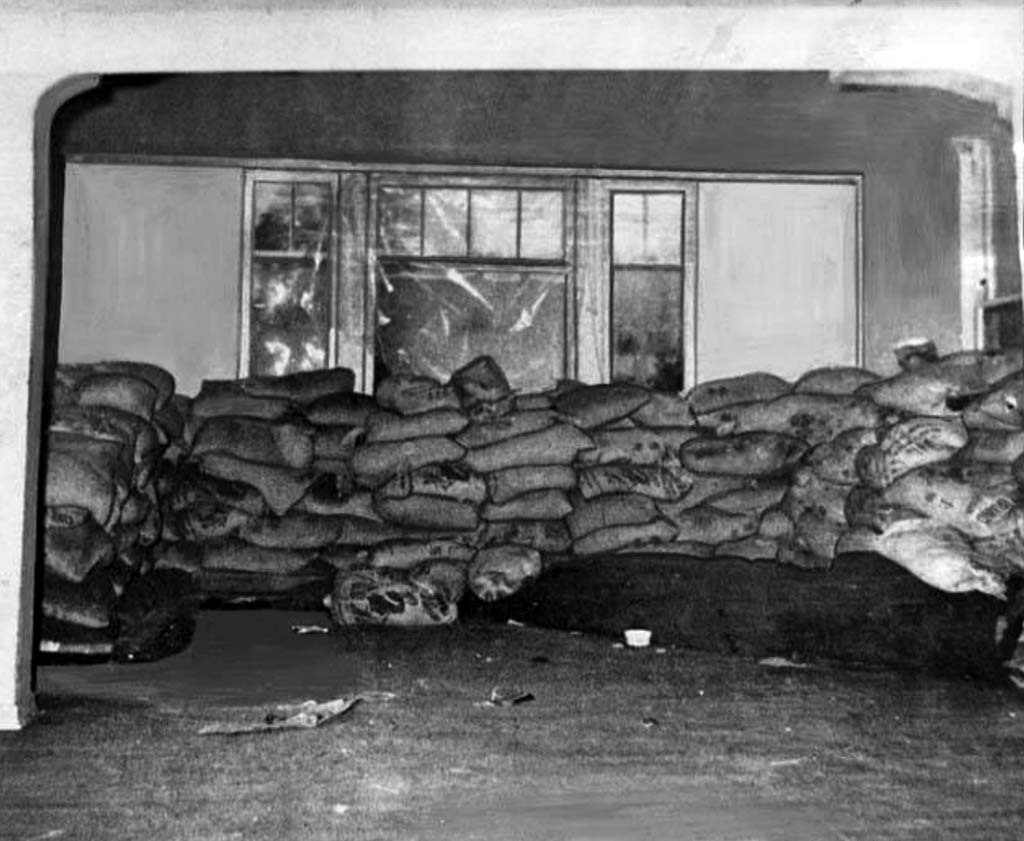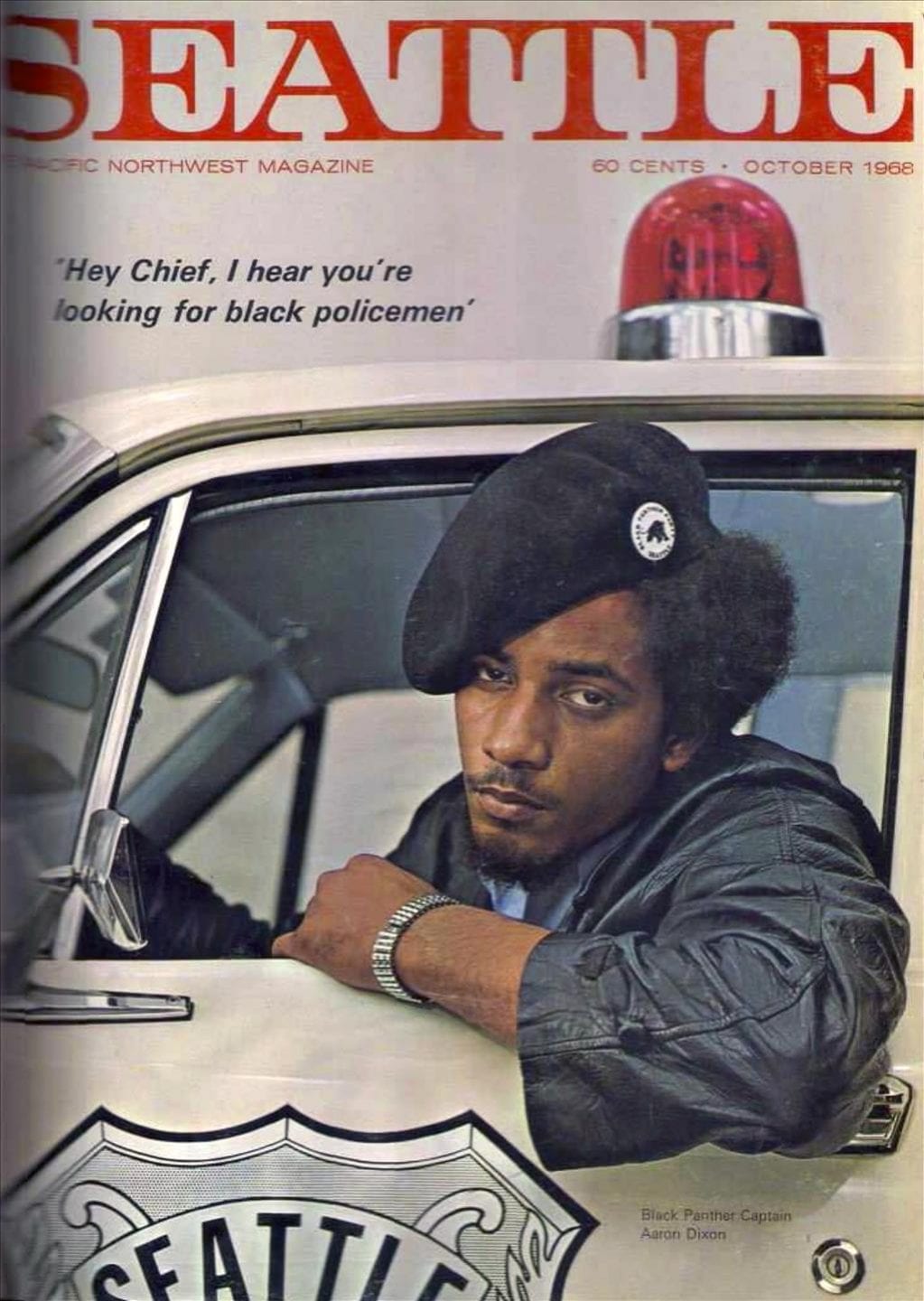Second Headquarters of the Seattle Black Panther Party and The People’s Wall
173 20th Avenue
Tour: Central District
-
Second Headquarters of the Seattle Black Panther Party and The People’s Wall
173 20th Avenue
173 20th Avenue
The Seattle Chapter of the Black Panther Party was the first to organize outside of Oakland, CA. Operations began in April of 1968 in a storefront at 34th Avenue and Madison Street, but after being targeted and raided by the police for over a year, the Panthers moved to this location. The two-story duplex was the central operation for initiatives like busing to prisons (taking community members to visit incarcerated loved ones) and the free food bank. While the first floor served as the main office, the upper floor served as a hideout and bunker for defending the building. Police and FBI raids continued and the Panthers were once again forced to move their operations to a third location one block south.
Although the original building was razed in 1971, a portion of the original The People’s Wall remains. This mural was completed in 1970 by artist Dion Henderson, and refurbished around 2008 by Eddie Ray Walker. It is a tribute to fallen members of the Black Panthers, and the icons and spirit of the movement.
Head north on 20th Avenue toward E Jefferson Street. Turn right on E Jefferson and head toward 23rd Avenue.
